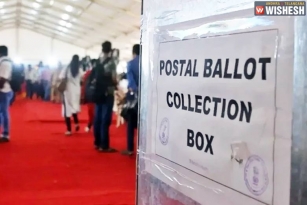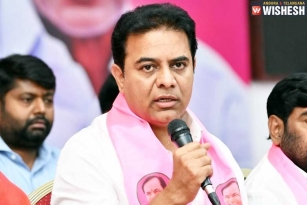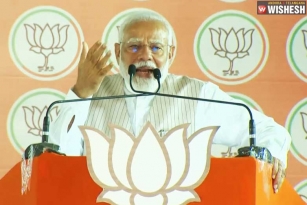
The South Asia Satellite (GSAT-9) has been launched by the National Space Agency, Indian Space Research Organisation (ISRO) today.
The Geosynchronous Satellite Launch Vehicle (GSLV) F-09 carrying the communication and broadcasting satellite took off from the second launch pad of the Satish Dhawan Space Centre at Sriharikota at 4.57 p.m. PM Modi, in his recent radio address to the nation “Mann Ki Baat” said that the South Asia Satellite (SAT) is India’s gift to the region. The satellite will go a long way, in addressing the economic and development priorities of the nations in the region. In the space-based regional communication project, six of India’s neighbors including Afghanistan, Bangladesh, Bhutan, Nepal, Srilanka and the Maldives participated in the project.
However, Pakistan refused to join the project, after which the satellite name was changed from “SAARC Satellite” to “South Asia Satellite.” The GSAT-9 weighed 2230 kilograms during lift off and carried 12 Ku-Band transponders, developed at a cost of about Rs 235crores. The total cost of the project, including the launch was estimated to cost around Rs 450 crores. The calculated operational life of the satellite is more than 12 years.
Narendra Modi Tweeted:
This will also greatly benefit South Asia & our region’s progress.
— Narendra Modi (@narendramodi) May 5, 2017
I congratulate the team of scientists who worked hard for the successful launch of South Asia Satellite. We are very proud of them. @isro
— Narendra Modi (@narendramodi) May 5, 2017
The GSAT-9 is a Geostationary Communication Satellite and data obtained from it, will be shared with the other five countries. The growing telecommunications and broadcasting needs of the region, will be fulfilled with this satellite. All the participating nations, will have access to atleast one transponder using which they can telecast their own programming. The satellite is also expected to bring communication channels between countries, for better disaster management, as the region is known for natural disasters.
ISRO utilized the indigenous Cryogenic Upper Stage in this flight of the GSLV for the fourth time. In total, it was the 11th flight of the GSLV.
In short, as predicted by the PM, it is a satellite without any borders, for the nations to grow together.
ISRO Launches Weather Satellite SCATSAT-1
SUPRAJA

























